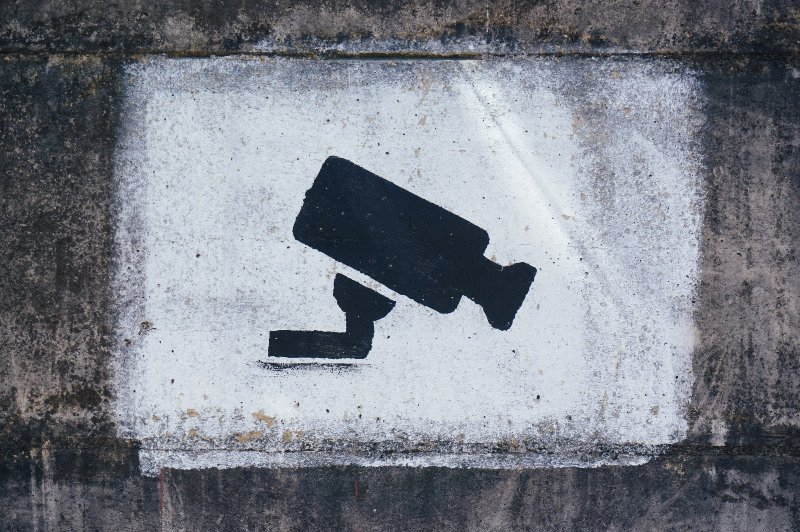
Seattle may be the most successful large metro area in the country in the past decade, but it is also the large metro area where you are most likely to get your stuff stolen.
Debates about the structures and tactics of police departments have mostly centered on violent situations involving the threat of injury or death. But the vast majority of crime does not involve violence or the threat of violence. While the Seattle area is not an especially violent place, it is a hotbed of non-violent property crime.
A group of offenses fall into the category of “property crime.” In its Uniform Crime Reporting (UCR) system, the Federal Bureau of Investigation (FBI) defines property crimes as burglary, larceny-theft, motor vehicle theft, and arson (destruction of property is a kind of theft). This does not include the crime of robbery, which involves violence or the threat of violence. More complete definitions of each crime are found below at the end of the article.
Police departments around the country have gradually adopted the UCR system and the FBI can now track property crimes across most jurisdictions (with some notable absences). Compared to its peer regions, the Seattle metro area does not look so good.
Figure 1 shows the regions with the highest property crime rates among metro areas with over 500,000 population. The standard measure is incidents per 100,000 population.

Seattle ranks 10th out of these 96 regions. The average property crime rate across these regions was 2,088 per 100,000, so Seattle’s rate of 3,331 is 60 percent above average for larger metro areas. But notice that the metro areas that have higher rates are all smaller than Seattle. If we just look at the 30 largest metro areas in the county, Seattle sits right at the top. Figure 2 shows total property crime rates and the rates for the components (except arson) for these 30 metro areas, ranked according to the total property crime rate.

Seattle and San Francisco lead the list by a fair amount. Seattle does not rank at the top of any of the three categories, but is in the top three in all three.
Figure 3 shows the ranking of the same group of cities for all violent crime and for two major components, homicide and robbery. Because some regions do not report a total violent crime rate, the list is ranked according to the homicide rate.

Here we see Seattle ranking far lower on the list. And within the larger list of regions over 500,000 population, the Seattle metro area ranks 46th out of 96. Also, note that Minneapolis, which has received significant scrutiny for its policing tactics, ranks lowest on this list.
Figure 4 shows the relationship between property and violent crime for the 319 metro areas that reported both a property and a violent crime rate for 2018.

The correlation is strong, but not definitive. The Seattle area, the red dot, is well off the trend line, with a disproportionate share of property crime versus violent crime.
Looking Ahead
As local leaders consider restructuring their police departments in response to citizen concerns, they will need to consider the impact that those restructurings will have on the ability of the departments to respond to the very high levels of property crime in the region. And those leaders may want to step back and ask how Seattle ended up with such high rates of property crime in the first place. Can any of the new public safety strategies under consideration lower these rates?
Definitions from the FBI’s Uniform Crime Reporting system
Property crime: includes the offenses of burglary, larceny-theft, motor vehicle theft, and arson. The object of the theft-type offenses is the taking of money or property, but there is no force or threat of force against the victims.
Larceny-theft: the unlawful taking, carrying, leading, or riding away of property from the possession or constructive possession of another. Stealing of any property or article that is not taken by force, violence, or fraud.
Burglary: the unlawful entry of a structure to commit a felony or theft.
Robbery: the taking or attempting to take anything of value from the care, custody, or control of a person or persons by force or threat of force or violence and/or by putting the victim in fear.
Discover more from Post Alley
Subscribe to get the latest posts sent to your email.

Is it fair to say that cities with a large population of hard-drug users translate into high property crime? Same with high populations of homeless people? Or is the problem related to police priorities?
Drugs and homelessness are mostly synonymous in Seattle unfortunately.
Lack of policing is a big factor.
Also allowing the above by the city council is the main reason for the issues with crime becoming the norm.